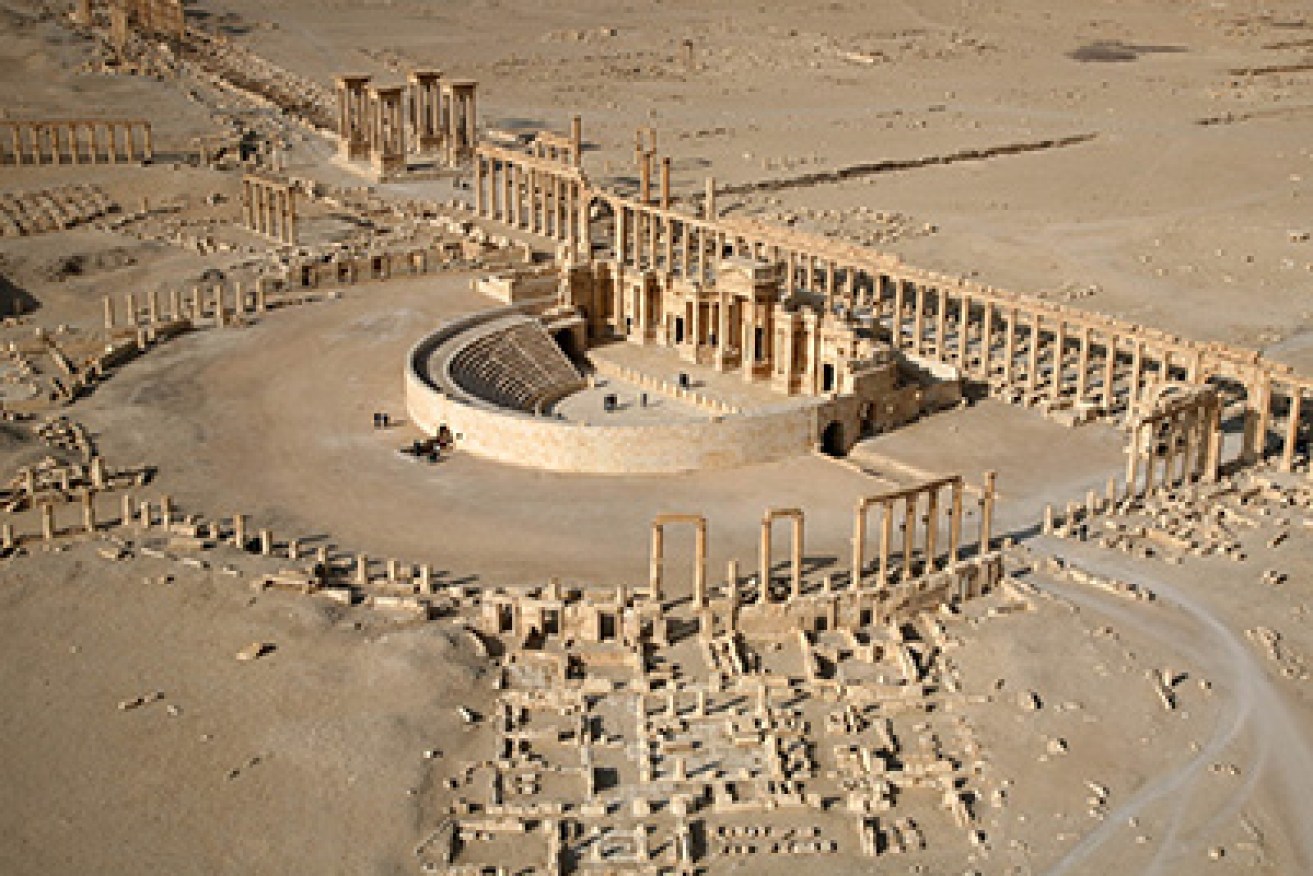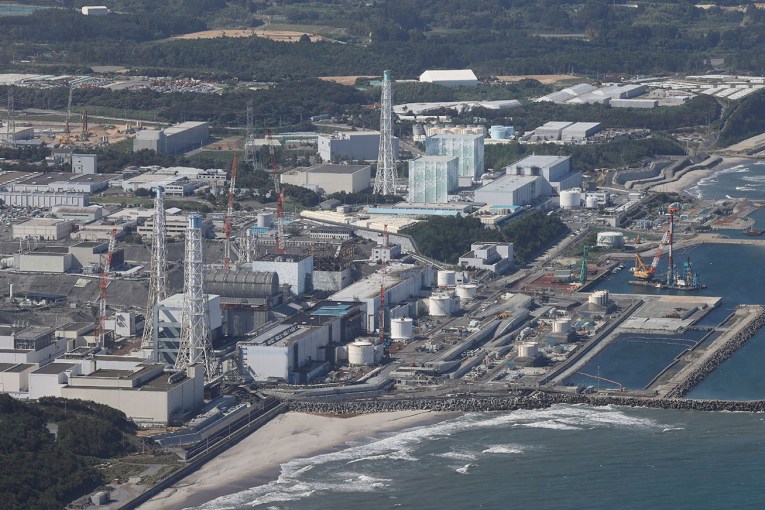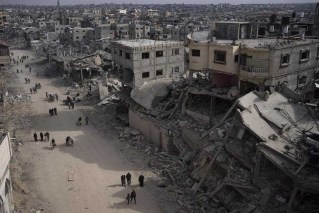Islamic State destroys more world heritage sites


There are reports Islamic State militants have destroyed the four columns at the top left of this photo.
Islamic State militants have destroyed parts of the second-century Roman amphitheatre and an iconic monument known as the Tetrapylon in Syria’s historic town of Palmyra.
And there are also unconfirmed reports IS murdered 12 people, including teachers, at the ancient ruins.
The extremist group’s latest attack on world heritage has been described by tthe UN cultural agency as a “war crime.”
A Syrian government official said he feared for the remaining antiquities in Palmyra, which IS recaptured last month.
Maamoun Abdulkarim, the Syrian director of antiquities, told Newsweek by phone that “the future is very bad. It will be dramatic.”
Lt-Gen Sergei Rudskoi, a senior Russian defence ministry official, said intelligence indicated that Isis may be planning a new wave of destruction in Palmyra.
“We have received information, confirmed by several sources, that a large amount of explosives has been brought into the Palmyra area and that the terrorists plan on destroying the city’s world-class historical legacy,” he said.
The UN Security Council “strongly condemned the ongoing barbaric attacks” by the militant group in Syria, “including the destruction of cultural heritage such as parts of the Roman Theater in Palmyra”.
After suffering several setbacks in Syria, IS has gone on the offensive reclaiming ancient Palmyra in December and launching an attack on a government-held city and military air base in Deir el-Zour in eastern Syria.
ISIS militants have destroyed part of Roman amphitheater and the Tetrapylon (a cubic shaped ancient Roman monument) in #Palmyra. pic.twitter.com/x6vAtPSJdo
— Brenda Stoter Boscolo بريندا 💙 (@BrendaStoter) January 20, 2017
Palmyra, a UNESCO world heritage site that once linked Persia, India and China with the Roman empire and the Mediterranean area, has already suffered destruction at the hands of the Islamic State group.
The ancient town first fell to IS militants in May 2015, when they held it for 10 months. During that time, IS damaged several of its relics and eventually emptied it of most of its residents, causing an international outcry.
UNESCO’s director-general Irina Bokova said the new destruction in Palmyra amounted to a war crime.
“The Tetrapylon was an architectural symbol of the spirit of the encounter and openness of Palmyra – and this is also one of the reasons why it has been destroyed,” she said in a statement.
Isis, which views the Roman ruins as idolatrous, destroyed countless precious structures including the Temple of Baalshamin, during its first, 10-month period of control in Palmyra.
– with AAP








